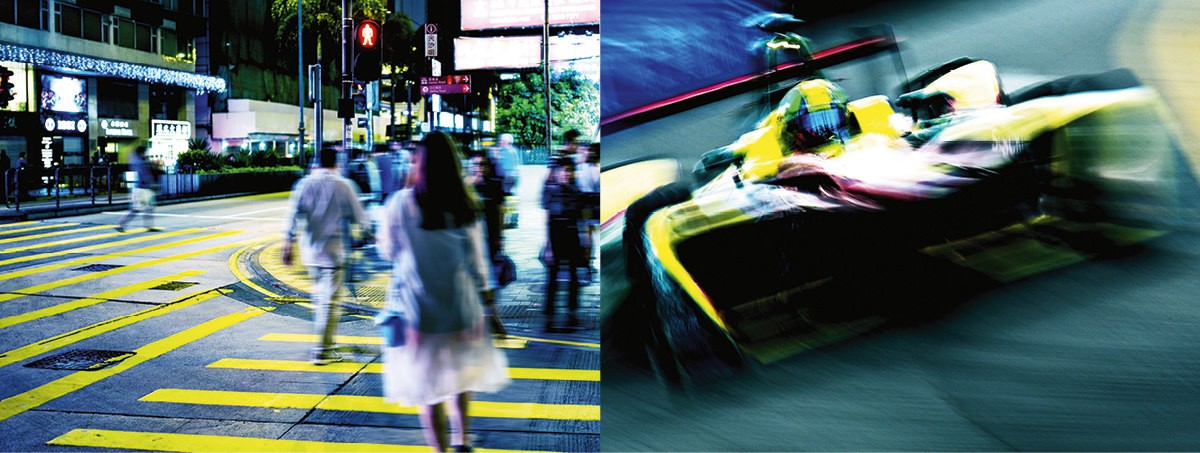
Urban Race
Formula E is considered the auto racing series of the future. Its third season kicked off in Hong Kong. Seen there on cars for the first time: the four rings.
Hermann J. Müller (copy) & Shivraj Gohil (photo)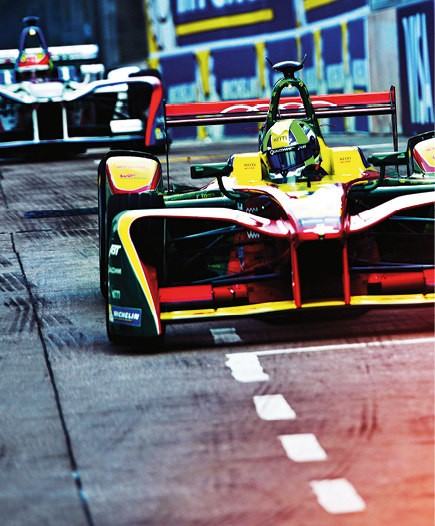
In Formula E race cars, the goods are in the back: Weighing around 300 kilograms, the battery is located right behind the driver. It lasts for half a race.
In light of its greater involvement in Formula E, Audi is bringing to a close its commitment to the FIA World Endurance Championship (WEC), and hence also the 24 Hours of Le Mans, at the end of the current season after 17 successful years.
Hong Kong—more than a city. The agglomeration of mainland and 253 islands on the edge of the South China Sea is a kaleidoscope of contrasts: Smoke rises from hole-in-the-wall restaurants between glittery skyscrapers. Futuristic hydro-foils cruise alongside wooden dhows in Victoria Harbour. A not-insignificant number of the seven million residents here are housed in “living spaces” measuring about two square meters. That’s because Hong Kong is barely larger than Berlin. But there is space enough for a race circuit: The starting and finish lines are on Lung Wo Road, followed by a hairpin curve, then after 500 meters a right turn toward the ferry terminal, straight past the ferris wheel and back through the traffic circle on Yiu Sing Street—all of it against the backdrop of Kowloon’s highrises. The scene for the kick-off of Formula E’s third season could not have been any more impressive. Allan McNish, director Coordination of Motorsport Activities within the Audi Group and thereby responsible for the partnership with the team ABT Schaeffler Audi Sport, was fired up: “It’s a fantastic concept. The race coming to the fans—right in the heart of the city.” And the spectators felt the same way. Sold-out stands, 3,000 guests in the VIP tent and dense throngs at the nearby electromobility showcase where visitors, notably young people, learned about the latest technologies. E-mobility is clearly a megatrend.
The players here include the Abt team, a participant in Formula E since its premiere two years ago. Its drivers have stood on the winners’ podium 18 times in the 22 races held so far. Team boss Hans-Jürgen Abt spotted the potential in the series early on and made his decision: “We wanted to be there from the very beginning and show everyone what we’re capable of.” Then as now, his support came not only from the team’s technology partner Schaeffler, but also from Audi HQ in Ingolstadt, Germany. According to Allan McNish, “There was no question for Audi. We are certain that the time for electric is now. And, as always, motorsport is one way to make sure we stay among the frontrunners.” Also helpful was the gradual loosening of the rules to include independent designs. In the first year, all teams were required to use the same technology. But last season, “nearly everything behind the battery” was open to interpretation, technically speaking, says Abt. Each of the ten teams in total is free to customize the suspension, shock absorbers, engine, transmission and power electronics as long as the components fit in the designated space in the chassis. And that’s where Audi sees the true value added for mobility in general. At a time when more and more electric production vehicles are coming off the line, motor-sport as the traditional vanguard of technology must be at the forefront to put things through their paces in practice. The first racing series for fully electric cars dovetails perfectly with the strategy of selling purely electric battery-powered models from 2018 onward. That’s why Audi is initially stepping up its collaboration with ABT Schaeffler Audi Sport in the field of technical development during the current 2016/2017 season with a view to expanding its partnership into full-fledged, factory-backed participation in the following season.
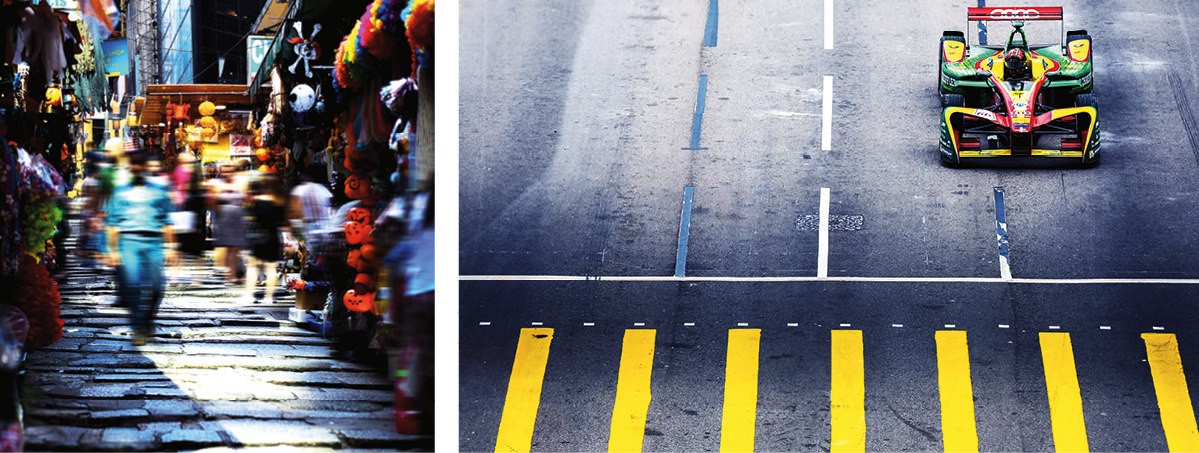
Around seven million people live in Hong Kong and occupy an area only somewhat larger than Germany’s capital Berlin. Recently, Formula E came to town for the first time to get its third season underway. Also making their debut were four familiar rings on the nose, side and rear wing of the ABT Schaeffler Audi Sport squad’s Formula E racers.
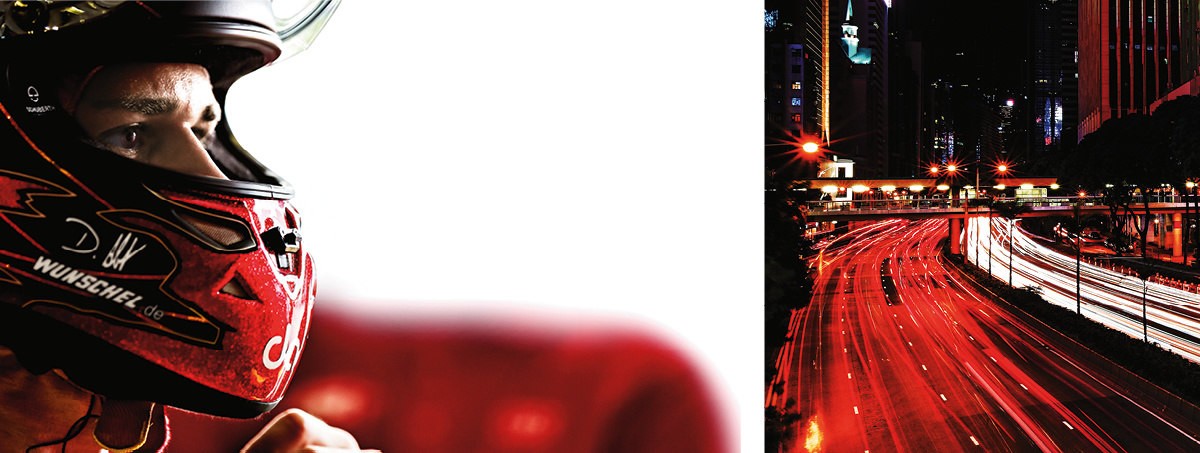
The circuit runs right through the heart of the metropolis. Daniel Abt and Lucas di Grassi join forces in the chase for points for ABT Schaeffler Audi Sport.
The key element of the race cars delivering up to 200 kilowatt, however, remains the battery, which is identical in all of the vehicles. Each provides 28 kilowatt hours of power—or enough for half the race—which the driver must use to clock the fastest possible lap times as economically as possible. “At various times, you let up on the gas before you even have to brake and let the car coast. Then you can use the paddle control on the steering wheel to activate the regenerative braking system or step on the brake right away, which also contributes to energy recuperation,” explains Daniel Abt, the second team member alongside Audi factory driver Lucas di Grassi. At the same time, the drivers have to do some math. Prior to the race, they divide the available energy by the number of laps. Daniel Abt says, “We try to hit this energy consumption figure on the nail. Each time I cross the starting line, a display on the steering wheel shows me whether I’ve used too much or too little energy. At some point, you get a feel for what works best.”
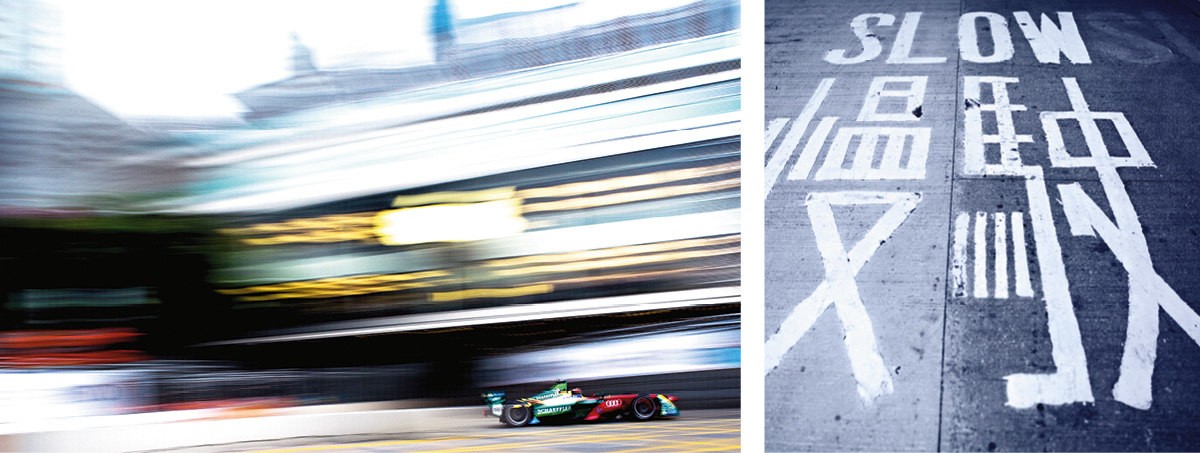
ABT Schaeffler Audi Sport has been there since the series launched two years ago. With excellent results. Twenty-two races resulted in 18 podium visits. The nature of the street circuits is a challenge for man and machine.
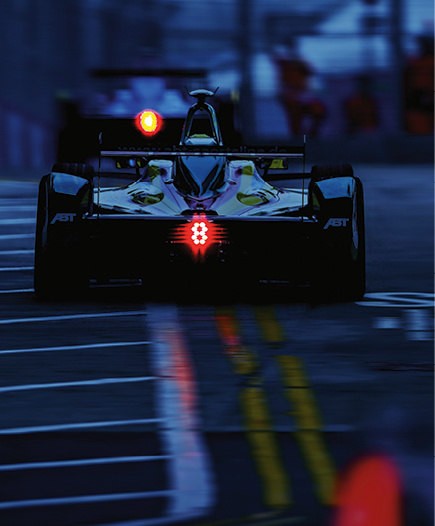
With the formula E Audi starts in a fully electric future.
The drivers must have excellent reflexes at the wheel as well. Despite the cars’ comparatively moderate power, their acceleration is pretty breathtaking. A Formula E racer weighing 880 kilograms (including the driver) can go from zero to 100 kilometers per hour in 3.5 seconds. Braking is tricky, too. The battery weighing in at around 300 kilograms is installed behind the cockpit, making the vehicle tail-heavy. Add to that the tread pattern of the relatively narrow standard tires, which do not produce nearly the same grip as racing slicks. This frequently causes fishtailing and spectacular spinouts. Formula E races are always held on street circuits generally ringed by concrete walls, and only rarely featuring run-off areas, so this poses an additional challenge for drivers. Tight curves and short straights call for peak concentration. And the asphalt, which is often as uneven as it is dirty, does not make for stable road holding. Says Daniel Abt, “On a dedicated racetrack, I might slide into a gravel bed, but in the city, I hit a wall. It’s a lot trickier to find the limit.” A typical “gymnastics” routine unique to motorsport is also not entirely unproblematic. As the standard batteries only hold enough energy for half the race distance, drivers have to stop in the pit halfway through and switch to a second car with a fully charged battery. While a minimum pit stop time is stipulated for this, it is so short that, as with tire changes in Formula 1, it requires perfect choreography by the team. The mechanics are also on the hook for the perfect vehicle exchange. So at that critical moment, they have to smoothly buckle drivers in, make sure the radio link in their helmets is working and attach the steering wheel.
Hans-Jürgen Abt regards Formula E’s specific requirements as positive: “The skills of the driver and pit crew really carry a lot more weight. Even if the cars only clock a maximum speed of 225 kilometers per hour, the jockeying for position is constant—and that makes it more fun for the drivers.” Not to mention the spectators, who have to forego the familiar roar of the engines but are increasingly learning to like the high-frequency buzz of the electric motors. Allan McNish has found another silver lining: “As a spectator, you can actually understand the commentator and follow what’s happening in the race from start to finish.” As a matter of fact, fans can even influence the outcome. On Instagram, Twitter or a website, they can give their favorite driver a “FanBoost,” extra energy that gives the three drivers with the most votes in each race a minor advantage in overtaking other drivers.
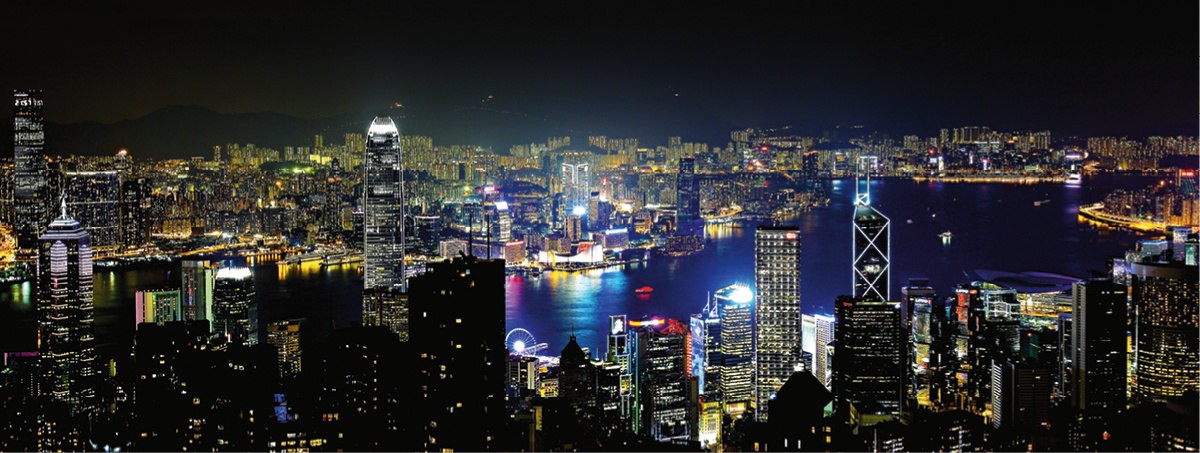
Hong Kong is one of the most tradition-steeped, dazzling cities in Asia. In Victoria Harbour, high-tech hydrofoils float alongside wooden dhows.